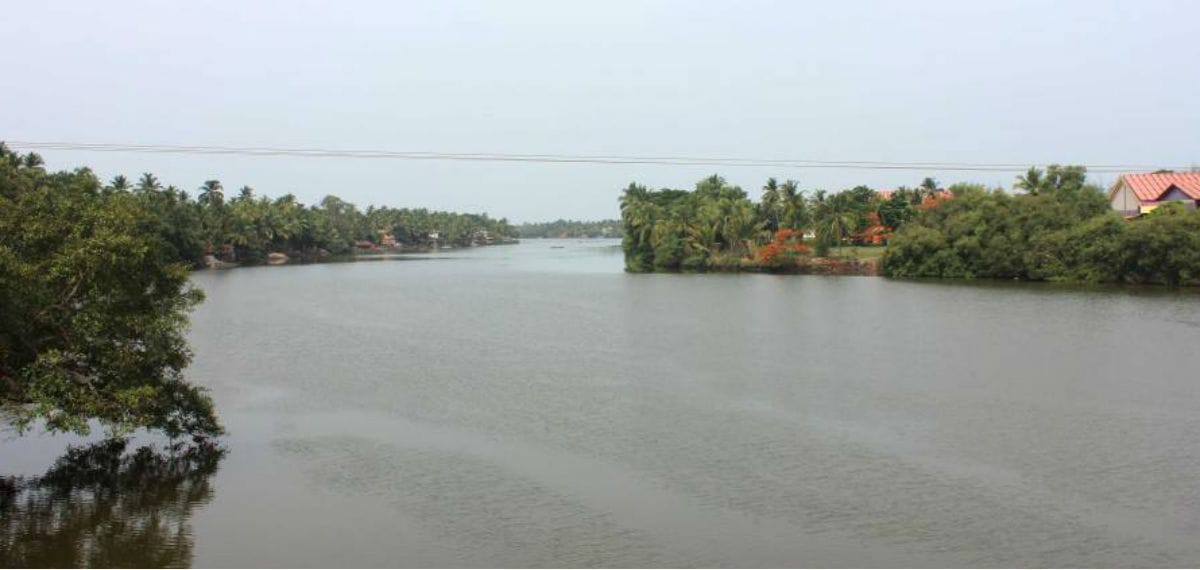Situated along the shimmering Arabian Sea, Goa, a small yet captivating coastal state on India’s western flank, has become a symbol of unparalleled prosperity. Its evolution from a colonial outpost to one of the wealthiest states in India reflects a remarkable transformation, rooted in economic foresight, rich culture, and diverse industry. Here’s an in-depth look at why Goa is today regarded as India’s crown jewel.
Tourism Boom: The Heartbeat of Goa’s Growth
Goa’s ascension into one of India’s wealthiest regions is intricately linked to its tourism boom. The end of Portuguese rule in the 1960s marked the beginning of Goa’s tourism renaissance, as the state quickly became a haven for backpackers following the famed Hippie Trail. Over time, this influx was complemented by a growing appeal for international and domestic tourists alike.
An abundant blend of sun-kissed beaches, vibrant nightlife, and a laid-back atmosphere, combined with effective marketing strategies and a liberal social environment, solidified Goa’s status as a global tourism hotspot. As a result, the state’s tourism industry plays an essential role in its economic prosperity. Tourism contributes significantly to Goa’s GDP, creating thousands of jobs and nurturing diverse local businesses that cater to the tastes of both leisure and adventure-seekers.
The Real Estate Surge: A Magnet for Investment
Goa’s real estate sector has been one of the key pillars of its rising affluence. Boasting idyllic landscapes, year-round pleasant weather, and a relaxed lifestyle, the state has become a prime destination for property investors. The rise in demand—spanning both domestic buyers and international investors—has led to a surge in property development and an escalation in property values.
From luxury beachfront villas to boutique holiday homes, Goa’s real estate market has evolved into a thriving industry, with both developers and investors seeing significant returns. This growth in the sector not only boosts local economies but also provides a solid foundation for sustained prosperity.
A Resilient, Diversified Economy
What truly sets Goa apart from many other states is its ability to maintain a diversified economy. Unlike regions that rely heavily on agriculture, Goa’s economic structure spans tourism, mining, agriculture, manufacturing, and services. This economic versatility has shielded the state from market fluctuations, fostering a robust and adaptable economy.
In addition, Goa’s openness to new industries—such as information technology, pharmaceuticals, and biotechnology—has further driven growth. This diversification has not only provided employment opportunities across various sectors but also attracted both domestic and international investments, ensuring the long-term sustainability of Goa’s prosperity.
Governance: The Backbone of Progress
Another vital factor in Goa’s economic success is its stable political climate and effective governance. The state’s leadership has consistently focused on creating a conducive environment for investment and business. Proactive policies, especially those encouraging the growth of the pharmaceutical and IT sectors, have attracted substantial foreign and domestic investments.
The government’s ability to maintain smooth regulatory frameworks and ensure efficient delivery of services has been instrumental in creating a business-friendly ecosystem.
A Cultural Tapestry that Enhances Global Appeal
Goa’s unique cultural identity, shaped by centuries of Portuguese rule and enriched by indigenous traditions, has provided a captivating backdrop to its tourism sector. Festivals like the Goa Carnival, Feast of St. Francis Xavier, and the Sunburn Festival showcase the region’s cultural richness while attracting global visitors. These events generate substantial revenue, further enhancing the state’s economic stature.
Conclusion: A Model for Transformation
Goa’s transformation into India’s wealthiest coastal state is a compelling narrative of growth, resilience, and opportunity. A potent mix of thriving tourism, real estate, good governance, and cultural allure has fueled its rise. As the state continues to evolve, it stands as a beacon of what can be achieved even by the smallest of regions, offering a powerful lesson in sustained growth and prosperity.






























